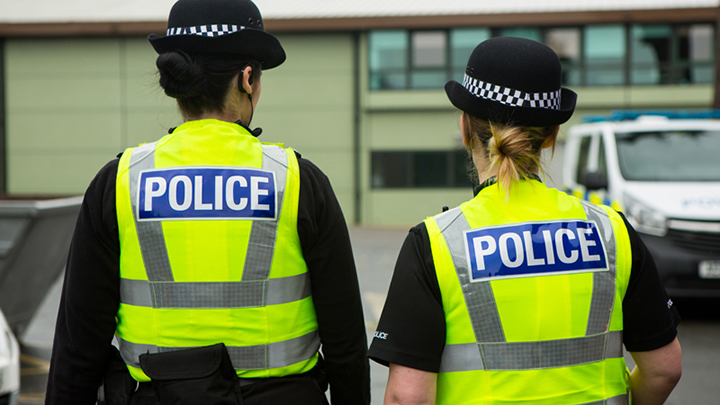‘Officers will only use force when absolutely necessary’
18 December 2020
The majority of times that police use force during an incident is to protect themselves and the public, says the chair of Derbyshire Police Federation.
Tony Wetton says officers’ use of force should be set against the rising number of attacks on them.
He was speaking after a new Home Office report showed there were 492,000 recorded police use of force incidents in England and Wales in the year to March – a rise of 64,000 on the previous year.
The report states: “Across all reported incidents, the most commonly reported reasons for using force were for protection or to assist in making an arrest.
“Using force as a means of protection most commonly involved the officer protecting themselves or other officers, but also included officers protecting the public or the person involved.”
Tony said: “Officers will only use force when it’s absolutely necessary, and even then it will be proportionate to the incident they’re dealing with.
“The majority of times force is used by officers is to protect themselves, to protect their colleagues and to protect the public, and to make an arrest.
“And as we’ve seen from the rising number of attacks on my colleagues, including the disgraceful act of using coronavirus as a weapon, they’re having to defend themselves more than ever.
“It’s unacceptable for our members to face the threat of assault just for doing their jobs, and we’d urge the courts to support them with stiffer sentences for offenders.”
His comments were echoed by Ché Donald, the national Federation vice-chair.
He said: “We must read these statistics in relation to the steady increase in assaults on officers. During the period this data covers, almost 20,000 offences were charged under the Assaults on Emergency Workers (Offences) Act – three-quarters of which were assault by beating. Nine out of 10 of these cases were police officers.
“The statistics show that UK policing is one of the best trained and most restrained, using their expertise to protect themselves in an increasingly dangerous job. I make no apology for my colleagues doing the best they can to keep the public, themselves and colleagues safe. The vast majority of people appreciate and understand what we do.”
Taser was used in 32,000 incidents, but crucially was not discharged in 86 per cent of cases. Total Taser use is up 37 per cent on the previous year and most of the increase (88 per cent) was in non-discharge uses.
A Taser uplift has seen more officers than ever given access to the devices thanks to successful Federation lobbying.
There has also been an increase in the recording of Taser use due to improved and simpler methods of doing so.
Other findings include:
- There were 715,000 use of force tactics reported in 492,000 incidents
- The most common impact factor was the person being under the influence of alcohol (180,000 incidents, 37 per cent)
- The most common outcome was the person being arrested (376,000 incidents, 76 per cent)
- Restraint was the most common tactic type. The majority involved handcuffing which was recorded in 70 per cent of all use of force incidents (350,000 times in 492,000 incidents).

















